If you want to know about the scale in architectural or form in architecture or proportion in architecture, please click the link.
Tangible elements in architecture refer to physical, visible components such as the building structure, walls, flooring, roofs, and finishes. Intangible elements refer to non-physical aspects such as atmosphere, experience, and emotions evoked by a space.
1) Tangible
- Tangible is that which can be touched. Only physical things can be touched. So all physical things are tangible.

2) Tangible in Architecture
- As tangibility relates to physicality, it is measurable. Tangibility therefore deals with the physical world.

3) Intangible
- Intangible is that which can be only experienced.
- Normally it is the qualitative aspect that can not be touched but is experienced such as beauty, goodness, delight, joy, happiness and the like.
- Intangible aspects are abstract and therefore not measurable. Beauty and goodness can not be weighed or measured.
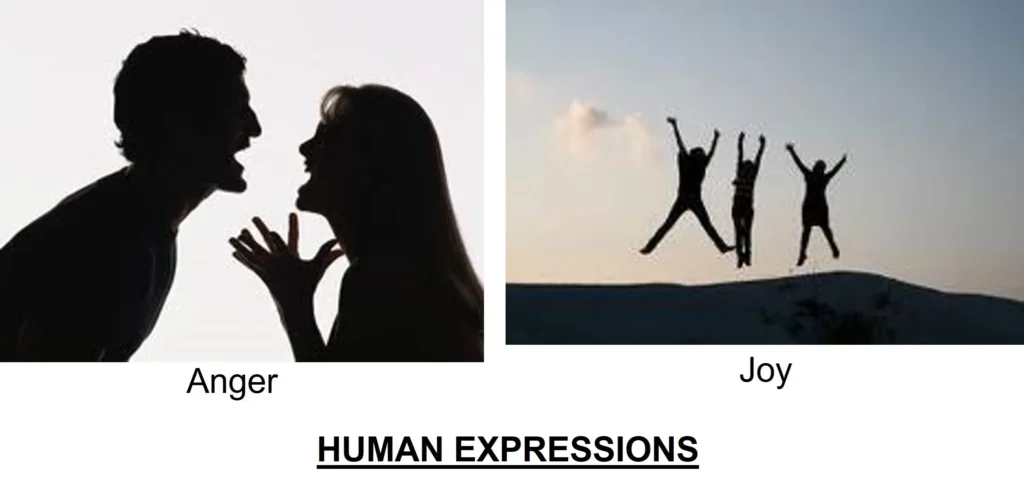
- Intangibility with the philosophical world.
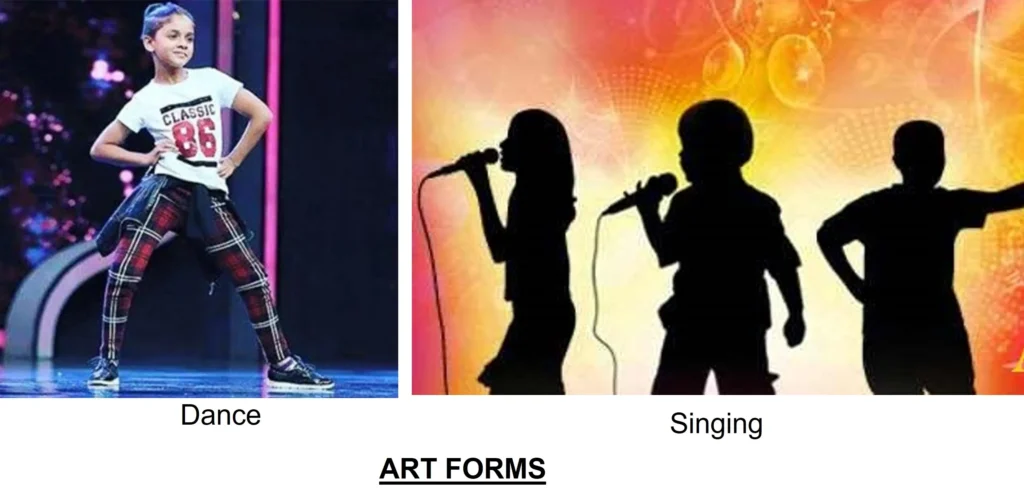
Architecture in its final manifestation is a physical object but both its creation and the reactions it produces are intangible.
Tangible
- Tangible is that which can be touched. Only physical things can be touched. So, all physical things are tangible.
- As tangibility relates to physicality, it is measurable. Tangibility therefore deals with the physical world.
Intangible
- Intangible is that which can be only experienced. Normally it is the qualitative aspect that cannot be touched but is experienced such as beauty, goodness, delight, joy, happiness and the like.
- Intangible aspects are abstract and therefore not measurable. Beauty and goodness cannot be weighed or measured.
- Intangibility with the philosophical world. The quality of physical existence and of evoking reactions that are abstract are found in all man-made objects.
The combination of tangible and intangible elements creates the overall experience of a built environment.
4) Examples
Why does this image ‘feel’ good? Why is it called ‘beautiful’? What are the aspects that make it a visual delight?

- Because it is simply, so overwhelmingly beautiful.
- It is beautiful to look at from a distance as well from close.
- Its grandness, symmetry, scale, layout, landscape……….
- If these issues are kept in mind a designer can create beautiful things.
What is your immediate reaction on seeing this visual right after Taj Mahal.

- If it is good, try to find out why it is so and if one does not like it, one should try to find out why it is not likable or what would make it better.
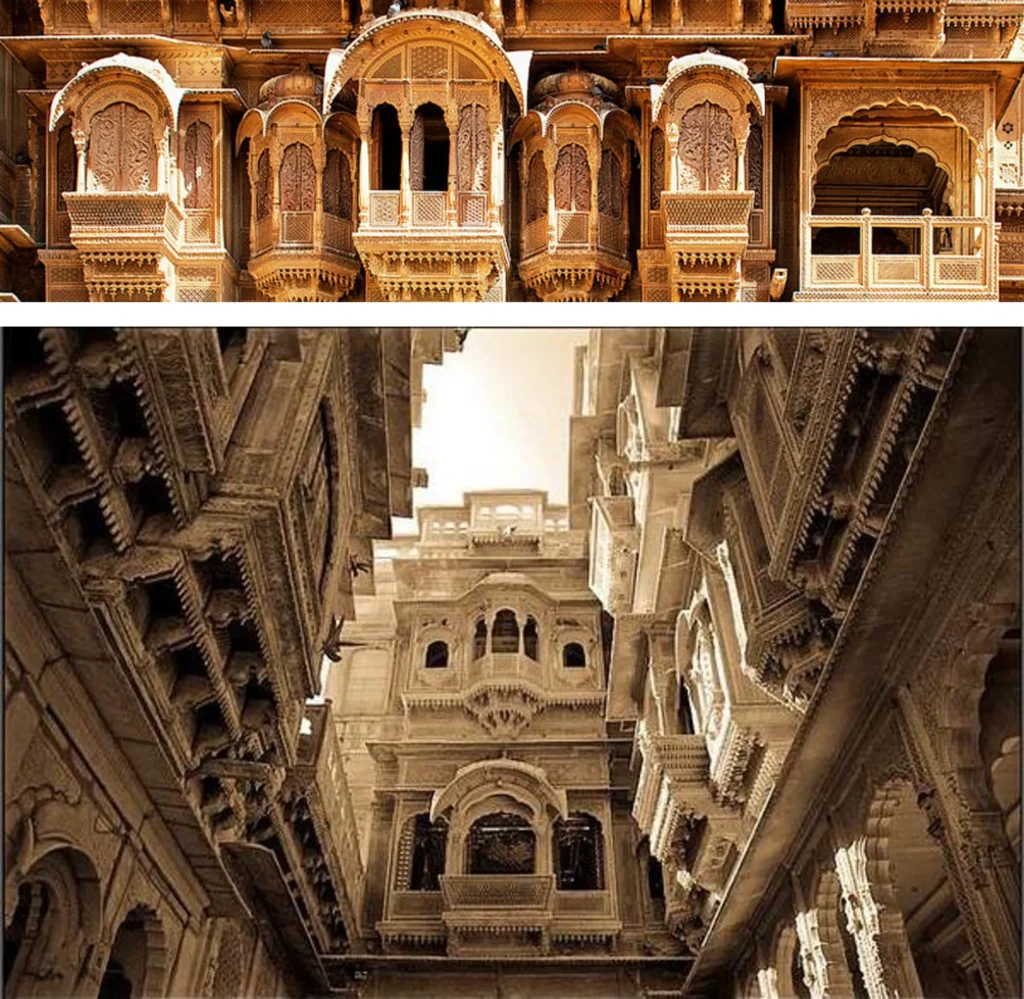
What is your reaction on seeing this visual?

- Let us enumerate the elements that makes it so unique……..
Can you now describe the feelings on seeing this image in a few words. (Describe your feelings in the comment box)

How would you like to live in this house?

- This is “Falling Waters’ by Frank Lloyd Wright. Try to note what makes this house so interesting. (Describe your feelings in the comment box)
How would you like to live in this house?

- This is “Villa Savoye” by Le Corbusier. Try to note what makes this house so interesting. (Describe your feelings in the comment box)
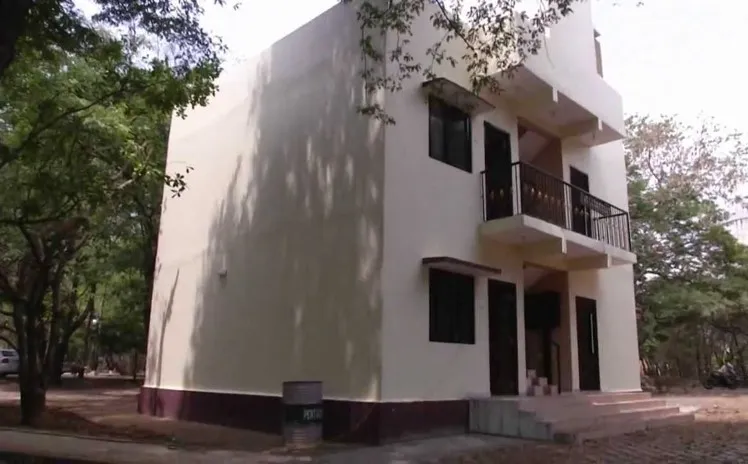
- This is not very pretty.
- It is important to figure out why it is not pretty so that the designer can avoid making the mistakes that stop this from becoming pretty. (Describe your feelings in the comment box)

- This was a religious place for people where people go for their and pray for their peace and prosperity.
- Currently it is being used as a museum.
- This structure is inspired from a “Mountain”.
- Mountain represent the strength, height, give courage for face any situation of life in any type of position.
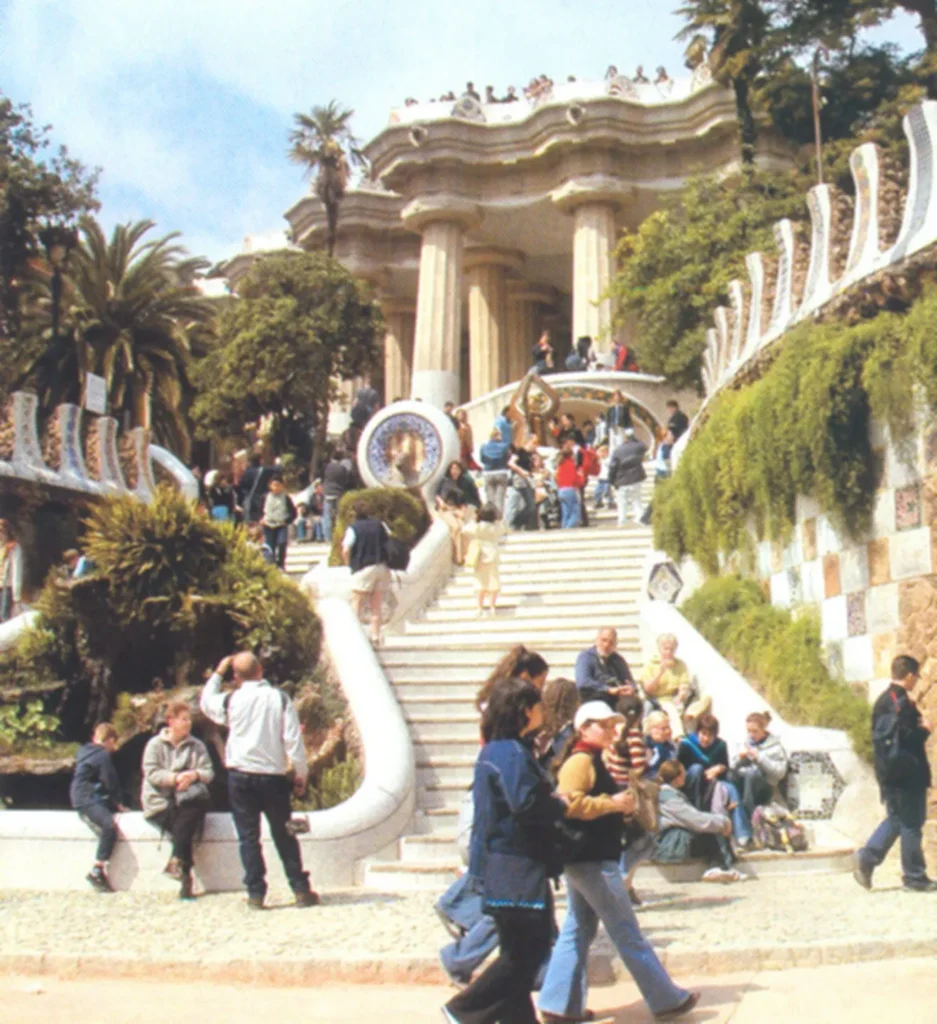
- There is a ‘feel’ of plasticity in this architecture.
- This has come about by the curved lines for all the elements used to create this spatial organization.
- The curved line is the tangible reason for the intangible reaction.
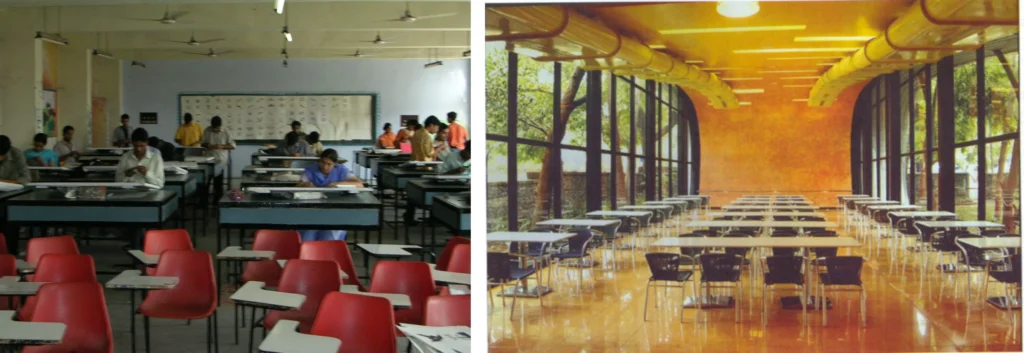
- Note the difference in the two spatial environments. How has this difference been created?
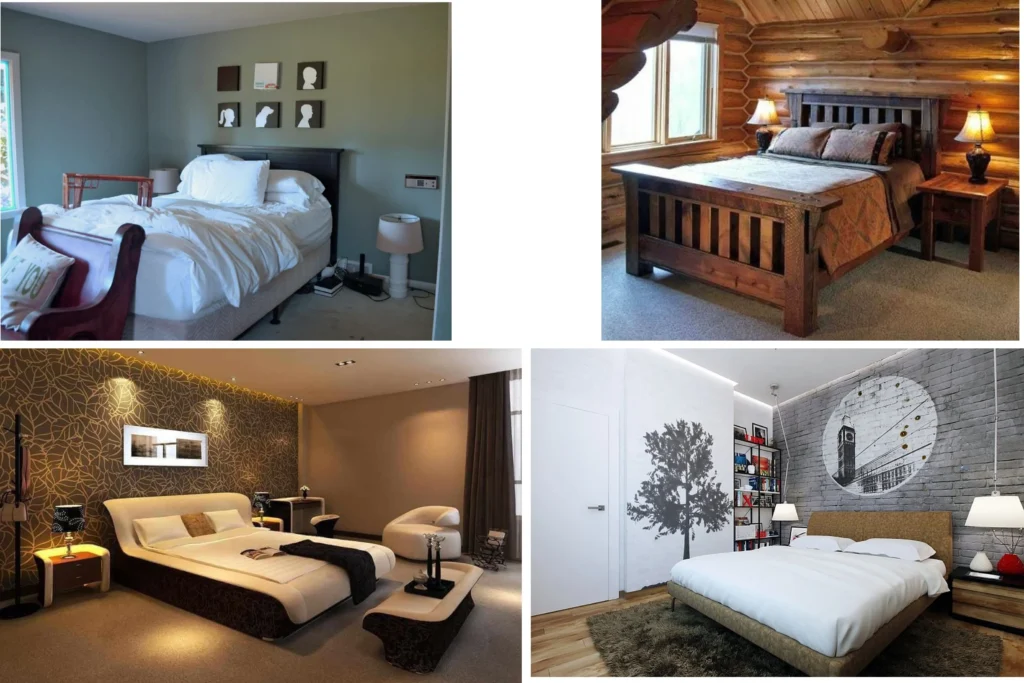
- Note the differences in these bedrooms.
5) Conclusions
The above figure showed views that created different reactions. To find why these different reactions were created, it is necessary to quantify the reasons.
Ultimately a designer has to finally give dimensions and allocate materials to create designs.
Architecture in its final manifestation is a physical object but both its creation and the reactions it produces are intangible.
An architect endeavors to create objects that produce positive reactions in the users and viewers.
A designer or a creator, therefore, has to convert the intangible into the tangible.